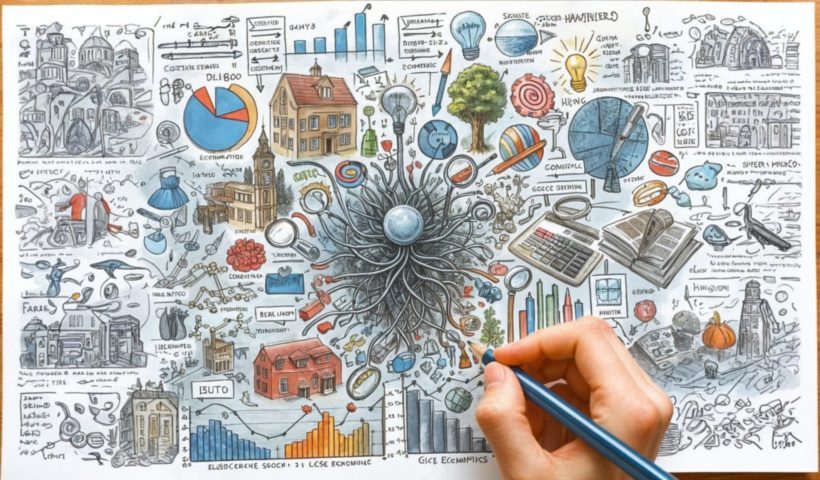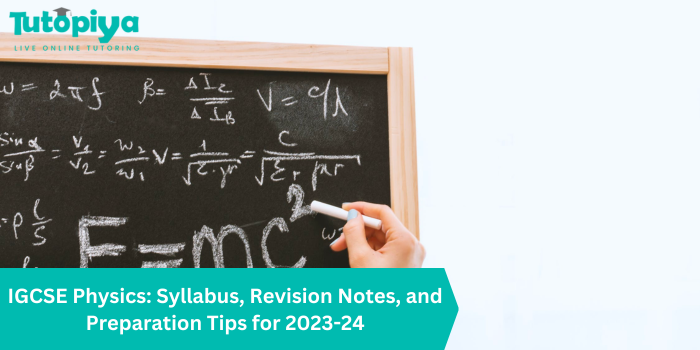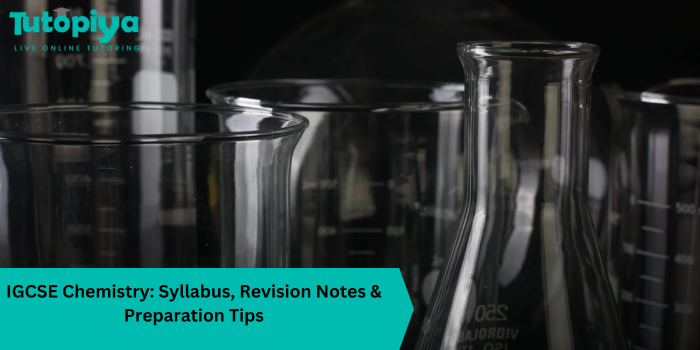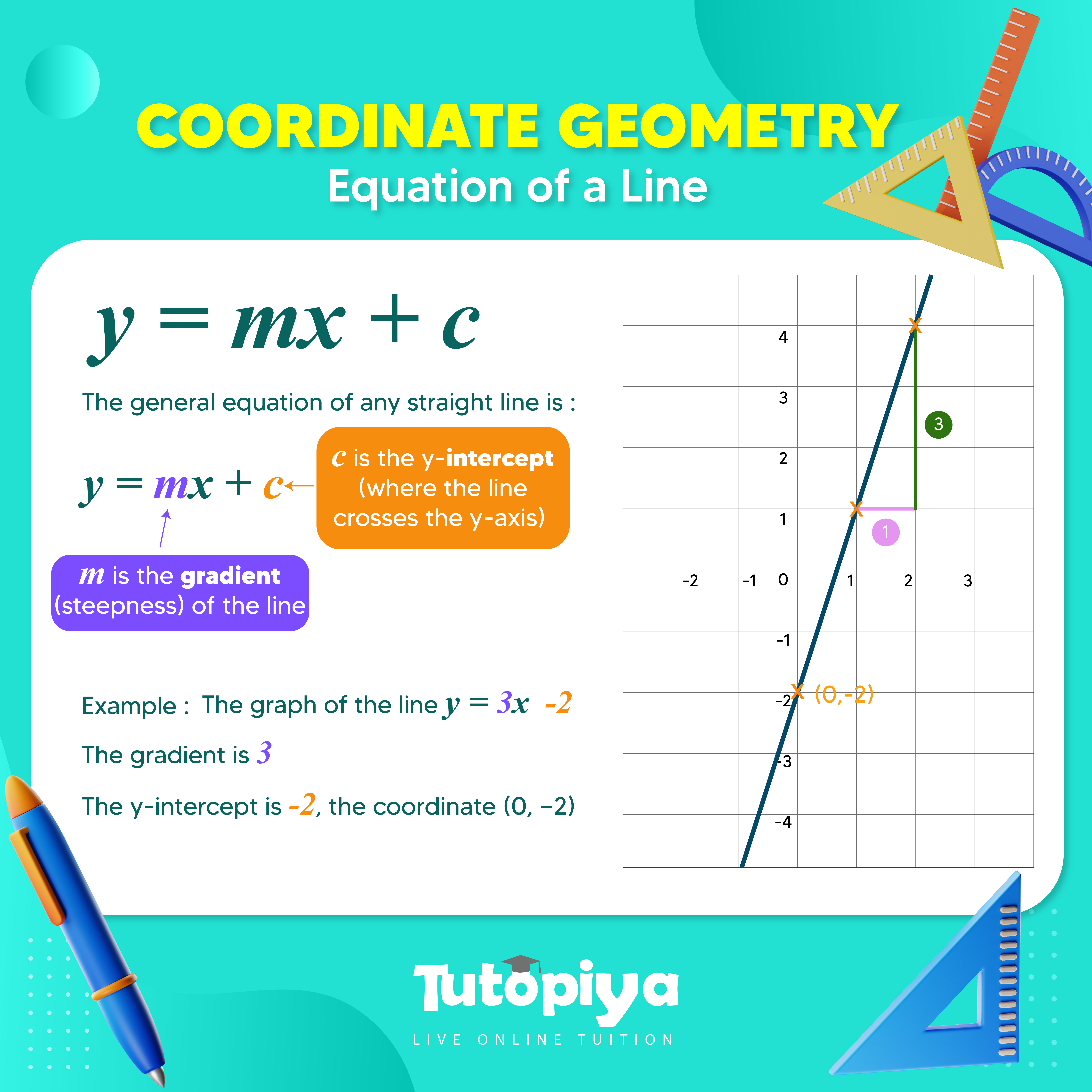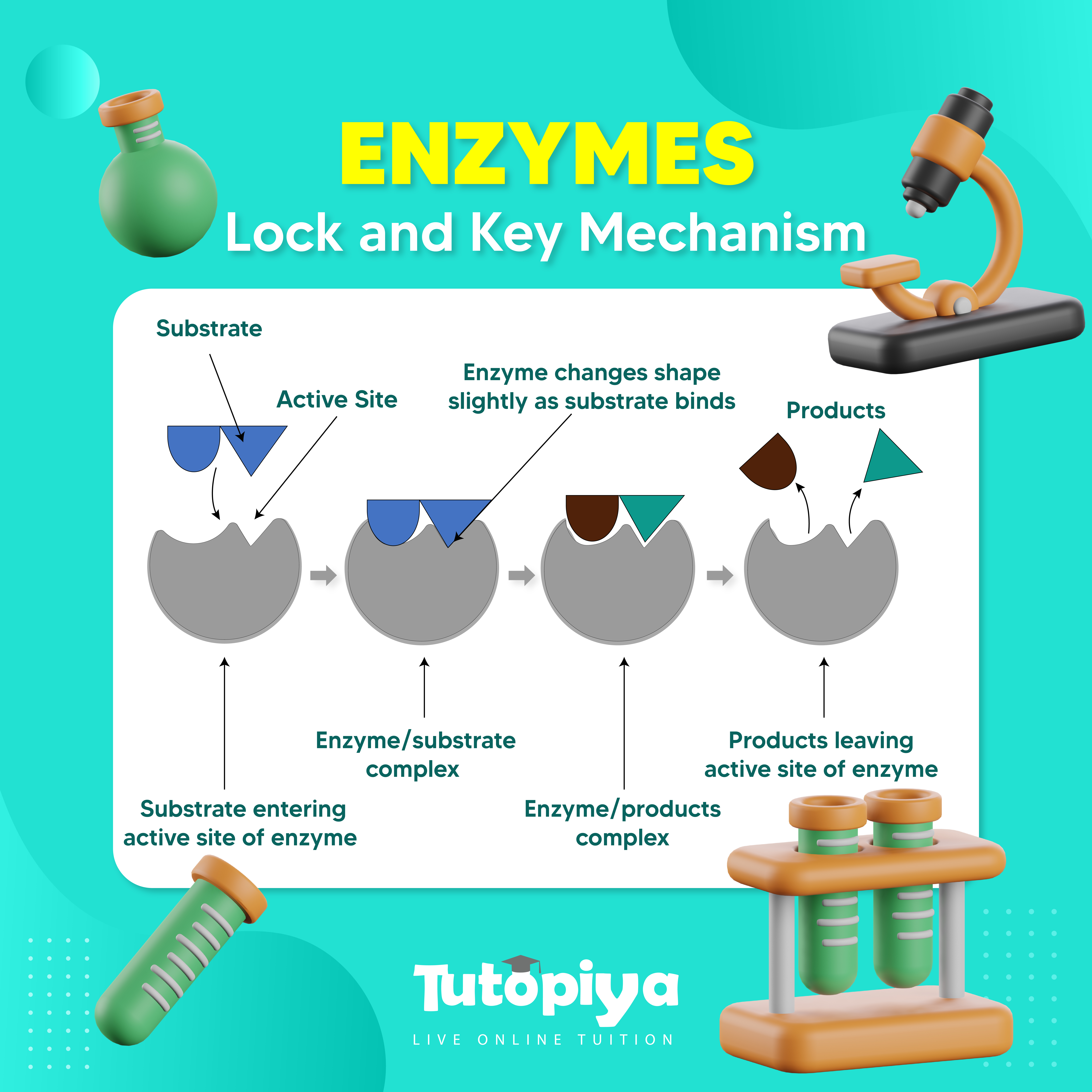When you’re preparing to sit for the IGCSE Economics exam, it is important to first note the importance of this international qualification. Institutions throughout the…
View More IGCSE Economics: Mindmaps + Revision Notes for Download!Category: IGCSE Notes
IGCSE Physics: Syllabus, Revision Notes, and Preparation Tips for 2023-24
Ace Your IGCSE Physics Exam with Expert Tips: Syllabus, Study Resources, and Past Papers IGCSE Physics is a fascinating path into all aspects of…
View More IGCSE Physics: Syllabus, Revision Notes, and Preparation Tips for 2023-24IGCSE Chemistry Syllabus, Revision Notes, and Preparation Tips for 2024
Master IGCSE Chemistry: Syllabus, Revision Notes, and Expert Tips The internationally recognised IGCSE in Chemistry is a qualification that aims to give students a…
View More IGCSE Chemistry Syllabus, Revision Notes, and Preparation Tips for 2024Mastering the Equation of a Line | Cambridge IGCSE Mathematics
Watch the Video Below to Master the Equation of a Line ↓ Under the main topic of “Coordinate Geometry”, we will discuss in this article…
View More Mastering the Equation of a Line | Cambridge IGCSE MathematicsUnveiling the Secrets of Enzymes: The Intricate Lock and Key Mechanism
Watch the Video at the End of This Blog to Unlock the Secrets of Enzymes ↓ We have heard of little things called “enzymes” inside…
View More Unveiling the Secrets of Enzymes: The Intricate Lock and Key MechanismUnlocking the Mysteries of Cellular Diffusion | Cambridge IGCSE Biology
Watch the Video at the End of This Blog to Unlock the Mysteries of Cellular Diffusion ↓ This article will serve as a place for…
View More Unlocking the Mysteries of Cellular Diffusion | Cambridge IGCSE Biology
